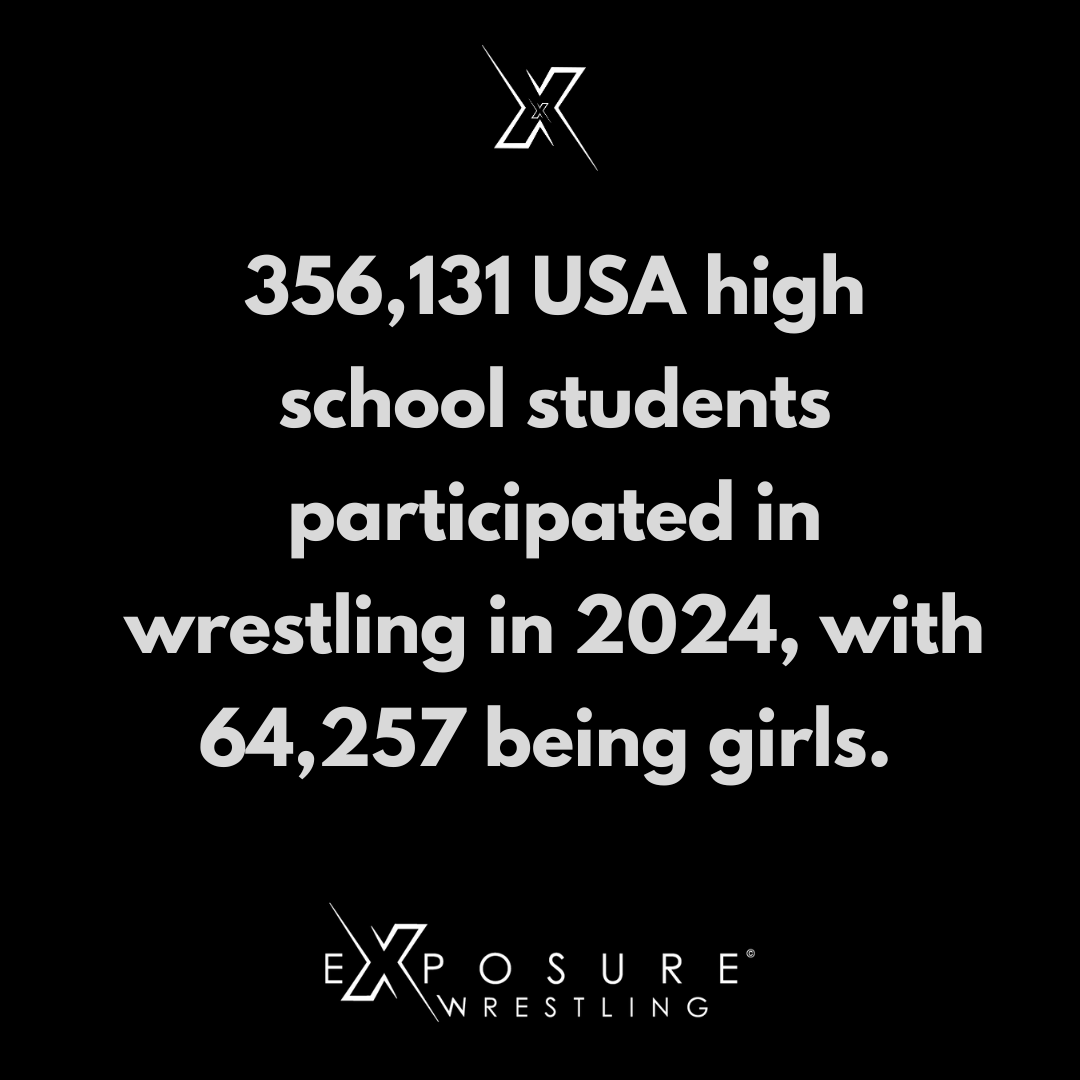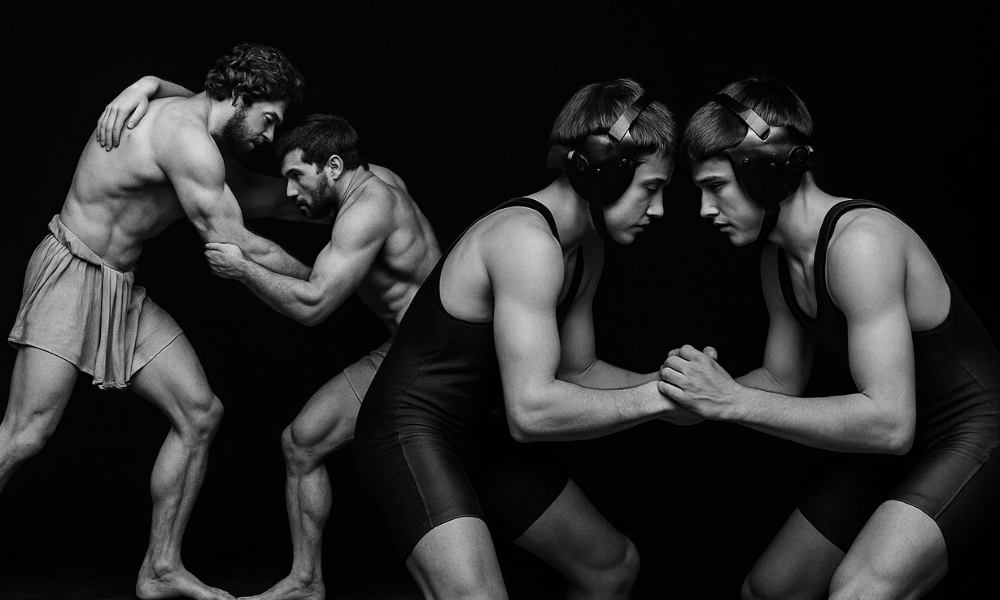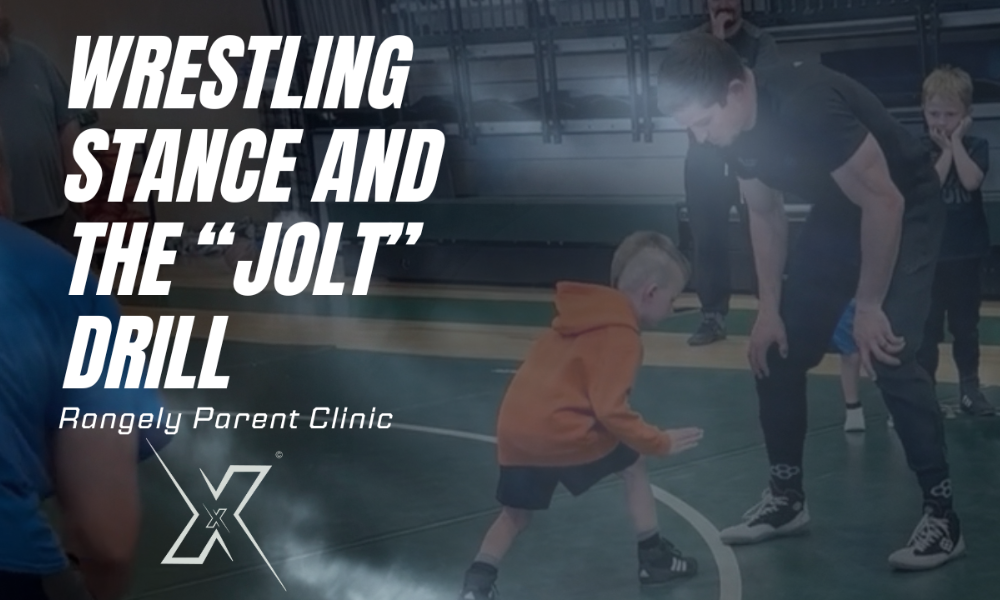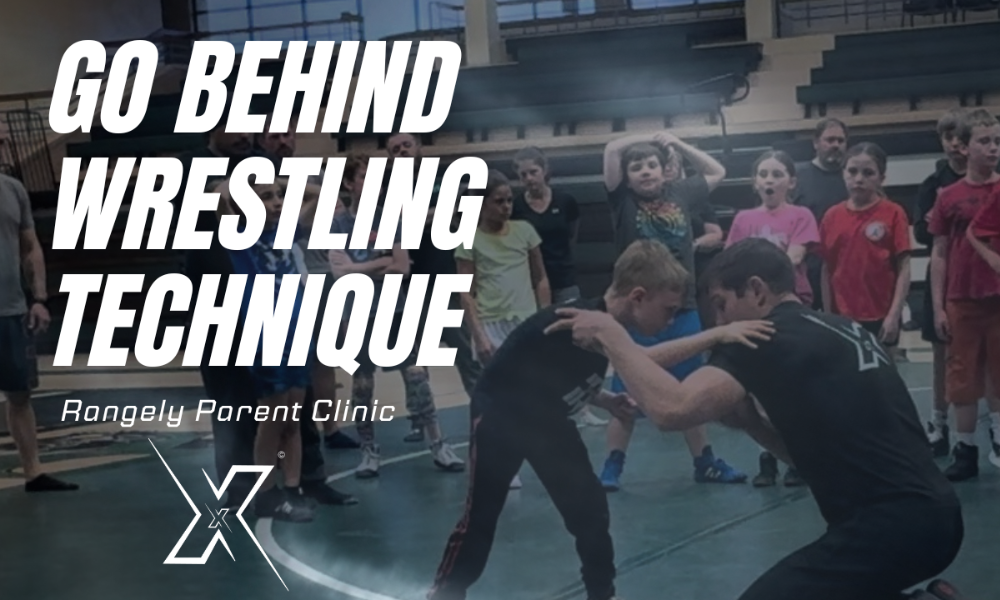Wrestling might be the oldest sport in sports: two people, one circle, no excuses. From cave paintings to high school gyms, the rules and styles have changed, but the core values remain simple, control, courage, and respect. The sport’s timeline stretches across civilizations, yet it still feels personal the first time a kid laces up and shakes hands at center mat.
“Once you’ve wrestled, everything else in life is easy.”
That famous Dan Gable line shows up on locker-room walls for a reason. The sport demands discipline when nobody’s watching, and it teaches kids and parents alike how to do hard things, together.
Ancient Roots, Universal Lessons
Archaeologists have discovered depictions of wrestlers, carved and painted thousands of years ago, in Europe and the Middle East. Those scenes show holds, leverage, and the same instincts wrestlers use today. Long before scoreboards, wrestling taught body control, balance, and patience. The medium changed, the message did not.
Styles Around the World
Over time, cultures developed their own versions: Greco-Roman bans leg attacks, while freestyle allows them. In the United States, folkstyle, also known as scholastic or collegiate, grew in popularity in schools and colleges, characterized by a unique emphasis on control, escapes, and riding time. That focus makes the American version an excellent classroom for character: get taken down, get up, keep going.
The American Track: High School and College
The U.S. school system has transformed wrestling into a structured pathway, spanning from youth clubs to high school duals to college championships. The NCAA staged its first national tournament in 1928, and generations of athletes have chased titles ever since. College rooms became legends: early mornings, extra reps, and teammates who feel like family.
Youth Wrestling: Where Habits Start
Parents often ask, “What does my kid really learn on the mat?” Short answer: problem-solving under pressure. Wrestling is a series of small decisions, stance, motion, level change, made while tired. Kids learn to manage their nerves, focus on effort, and shake hands, whether they win or lose. That matters far beyond sports.
The numbers tell a growth story, too. In U.S. high schools during the 2023–24 academic year, 356,131 students participated in wrestling, including 64,257 girls, part of a broader surge in school sports. Participation records have continued to rise, fueled by new opportunities and improved access for families.
USA Wrestling, the national governing body for amateur wrestling, has recently surpassed 300,000 total members, comprising athletes, coaches, and officials. That milestone reflects an expanding youth scene, from local tournaments to national showcases that feel like festivals.
Themat
Girls’ Wrestling: The Fastest-Growing Wave
If you’ve walked into a modern gym, you’ve seen it: more girls on the line, more teams on the schedule, more brackets at tournaments. News outlets and state associations have documented year-over-year jumps as states sanction girls’ divisions and schools add teams. The NCAA also approved women’s wrestling as its 91st championship sport, with the first national championship planned for 2026, a turning point for future college athletes.
Growth stories are popping up everywhere, from brand-new high school programs to state championships that didn’t exist a few years ago. For families, the message is simple: wrestling is for everyone, and the path for girls is becoming clearer with each passing season.
Why Wrestling Works for Kids (and Families)
Wrestling is honest. There’s no bench to hide on and no clock to dribble out. That clarity can be uncomfortable at first, but it’s also freeing. Kids learn that results follow preparation, and parents see character traits develop: resilience, accountability, empathy for an opponent who is learning the same lessons.
Another benefit is accessibility. You don’t need expensive gear to begin—shoes, headgear, and a willing heart get you far. For busy families, the sport’s structure helps: short matches, predictable weigh-ins, and weekend tournaments where siblings can compete or cheer together.
As Dan Gable also said,
“More enduringly than any other sport, wrestling teaches self-control and pride.”
Those aren’t just mat virtues. They’re life skills kids carry into classrooms and first jobs.
How the Youth Ladder Works
Most kids start in clubs or school programs that teach stance, motion, and basic takedowns. Early goals are simple: good position, safe falls, and learning to love practice. Tournaments add spice—win or lose, everyone shakes hands and moves on.
Middle school introduces more strategy and strength. Coaches teach mat awareness, chain wrestling, and confidence in close matches. By high school, athletes refine techniques, learn weight management safely, and compete in duals and weekend invitationals. College wrestlers continue the journey with film study, strength training, and the fine art of turning effort into points.
What Parents Can Expect
You’ll experience rapid growth in the first season, improved balance, better posture, and increased self-confidence. You’ll also hear new vocabulary: stance, level change, sprawl, ride, and escape. Don’t worry about mastering it all on day one. Ask simple questions after practice: “What move did you learn?” “What felt hard, and what felt fun?” Celebrate effort, not just wins.
You’ll also meet a community. Families trade snacks, tape ankles, and cheer for each other’s kids. At tournaments, the loudest applause often comes for the athlete who fought off their back and refused to quit. That’s the culture you want your child around.
Folkstyle’s Teaching Tools
Because American folkstyle emphasizes control and escapes, practices reward persistence. Can your child get up from the bottom? Can they ride without stalling? Those drills teach purposeful effort. Kids learn to breathe when they’re tired, think when they’re stressed, and keep a cool head while the crowd gets loud. Those habits help at home and in school.
Four Useful Stats to Know
- 356,131 high-schoolers wrestled in 2024 (boys and girls combined).
- 64,257 high-school girls wrestled in 2024, a modern high, and part of rapid growth.
- USA Wrestling membership surpassed 300,000 in 2024.
- NCAA women’s wrestling becomes a championship sport in 2026, confirming the collegiate pathway.
A Sport Built to Last
From prehistoric cave art to Friday-night duals, wrestling continues to prove its staying power. It’s simple enough for a first-grader and deep enough for a college room. It meets families where they are—budget-conscious, time-tight, and eager for meaning—and offers a clear promise: show up, work hard, and get better.
Marcus Aurelius once wrote, “The art of living is more like wrestling than dancing.” Life throws surprises. Wrestlers learn to square up to them and stay on their feet. That’s a lesson worth passing down.






